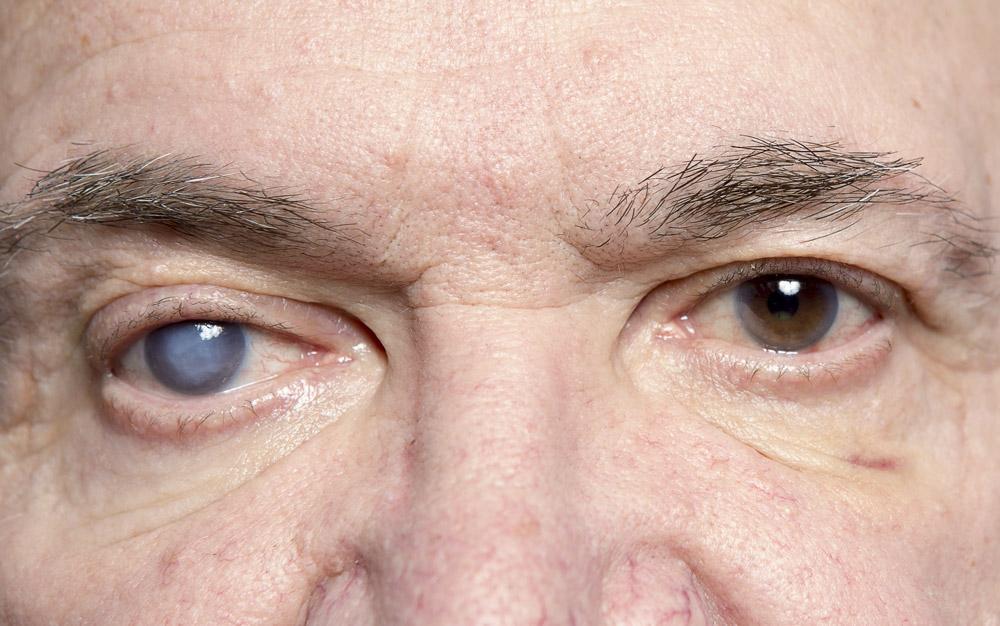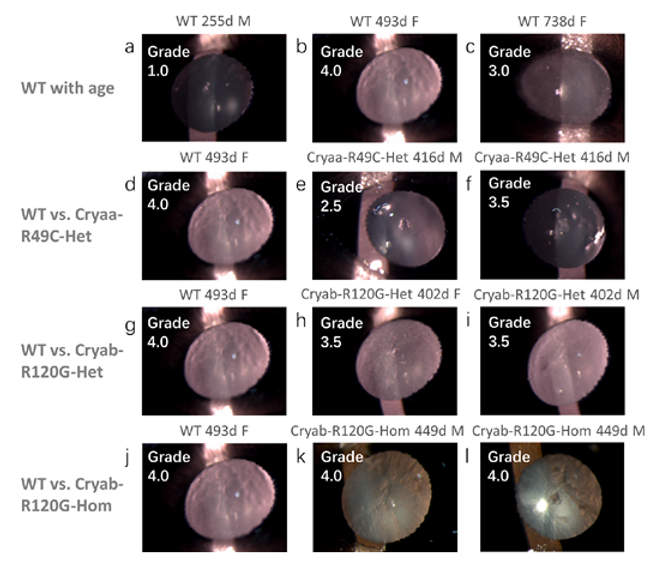Researchers have introduced a groundbreaking treatment for cataracts, offering a potential alternative to the traditional reliance on surgery. This discovery, published in the peer-reviewed journal Investigative Ophthalmology and Visual Science, has generated widespread hope for the millions affected by this condition.
Cataracts remain one of the leading causes of blindness and visual impairment globally, impacting an estimated 65.2 million people. The new treatment represents a significant breakthrough, hinting at the possibility of managing cataracts with pharmaceutical solutions instead of surgical intervention—a transformative prospect for those living with this debilitating condition.
Cataracts occur when the eye’s natural lens becomes clouded due to the disorganization of proteins within its structure. This disruption causes protein clusters to form, which scatter light and severely hinder its transmission to the retina, resulting in impaired vision.

While cataracts are often associated with the aging process, they can also result from factors such as overexposure to sunlight, eye injuries, smoking, medical conditions like diabetes, and certain medications. Traditionally, the only effective treatment for cataracts has been surgical replacement of the clouded lens with an artificial one.
A team of international scientists, led by Professor Barbara Pierscionek, Deputy Dean (Research and Innovation) in the Faculty of Health, Education, Medicine, and Social Care at Anglia Ruskin University (ARU), embarked on a journey to explore a non-surgical remedy for cataracts.
Their focus rested on an oxysterol compound with the potential to serve as an anti-cataract drug. Oxysterols are oxygenated derivatives of cholesterol, known for their role in regulating and transporting cholesterol within the body.
Related Stories
The researchers’ objective was to restore the organization of proteins within the lens, thereby enhancing its ability to focus. Remarkably, their efforts were rewarded with a significant reduction in lens opacity, observed in 46% of the cases studied.
To validate the efficacy of the oxysterol compound, the research team conducted a series of advanced optical tests on a group of 35 mice. Among these, some mice were genetically altered to develop lens cloudiness, mimicking cataract formation through an alteration of their αB-crystallin or αA-crystallin proteins.
In a groundbreaking experiment, the researchers administered a single drop of the oxysterol compound VP1-001 directly onto the ocular surface of the right eye in 26 mice. Simultaneously, the left eyes received a neutral drop of cyclodextrin. Nine mice were left untreated to serve as a control group.
The focus of this treatment was the αA- and αB-crystallin mutations that are frequently associated with cataract development in aging individuals.

The outcomes of this pioneering study were nothing short of astonishing. The treatment with the oxysterol compound VP1-001 demonstrated a remarkable improvement in refractive index profiles, a crucial optical parameter essential for maintaining high focusing capacity, in 61% of the lenses tested. Additionally, the researchers observed a substantial 1.0-grade improvement in opacity in 46% of the treated mice.
Professor Barbara Pierscionek, the driving force behind this groundbreaking research and a member of the Medical Technology Research Centre at Anglia Ruskin University (ARU), expressed her excitement about the findings.
She stated, “This study has shown the positive effects of a compound that had been proposed as an anti-cataract drug but never before tested on the optics of the lens. It is the first research of this kind in the world.”
Furthermore, Professor Pierscionek noted, “It has shown that there is a remarkable difference and improvement in optics between eyes with the same type of cataract that were treated with the compound compared to those that were not.
Improvements occurred in some types of cataract but not in all, indicating that this may be a treatment for specific cataracts. This suggests distinctions may need to be made between cataract types when developing anti-cataract medications. It is a significant step forward towards treating this extremely common condition with drugs rather than surgery.”

The implications of this breakthrough are monumental. For the 65.2 million individuals globally living with cataracts, this research offers a glimmer of hope for a future where surgery may not be the only viable option. The ability to combat cataracts with pharmaceutical interventions could potentially transform the lives of countless individuals, particularly those for whom surgery is not a suitable or accessible option.
While further research and clinical trials are necessary to validate these promising results, the prospects are undeniably encouraging. The study’s findings underscore the importance of personalized treatment approaches for specific types of cataracts, opening up avenues for targeted medications tailored to individual patient needs.
To determine whether you have a cataract, your doctor will review your medical history and symptoms, and perform an eye examination. Your doctor may conduct several tests, including:
Visual acuity test. A visual acuity test uses an eye chart to measure how well you can read a series of letters. Your eyes are tested one at a time, while the other eye is covered. Using a chart or a viewing device with progressively smaller letters, your eye doctor determines if you have 20/20 vision or if your vision shows signs of impairment.
Slit-lamp examination. A slit lamp allows your eye doctor to see the structures at the front of your eye under magnification. The microscope is called a slit lamp because it uses an intense line of light, a slit, to illuminate your cornea, iris, lens, and the space between your iris and cornea. The slit allows your doctor to view these structures in small sections, which makes it easier to detect any tiny abnormalities.
Retinal exam. To prepare for a retinal exam, your eye doctor puts drops in your eyes to open your pupils wide (dilate). This makes it easier to examine the back of your eyes (retina). Using a slit lamp or a special device called an ophthalmoscope, your eye doctor can examine your lens for signs of a cataract.
Applanation tonometry. This test measures fluid pressure in your eye. There are multiple different devices available to do this.
To deal with symptoms of cataracts until you decide to have surgery, try to:
Self-care measures may help for a while, but as the cataract progresses, your vision may deteriorate further. Consult a medical professional.
Note: Materials provided above by The Brighter Side of News. Content may be edited for style and length.
Like these kind of feel good stories? Get The Brighter Side of News’ newsletter.
The post Breakthrough cataracts treatment eliminates the need for surgery appeared first on The Brighter Side of News.